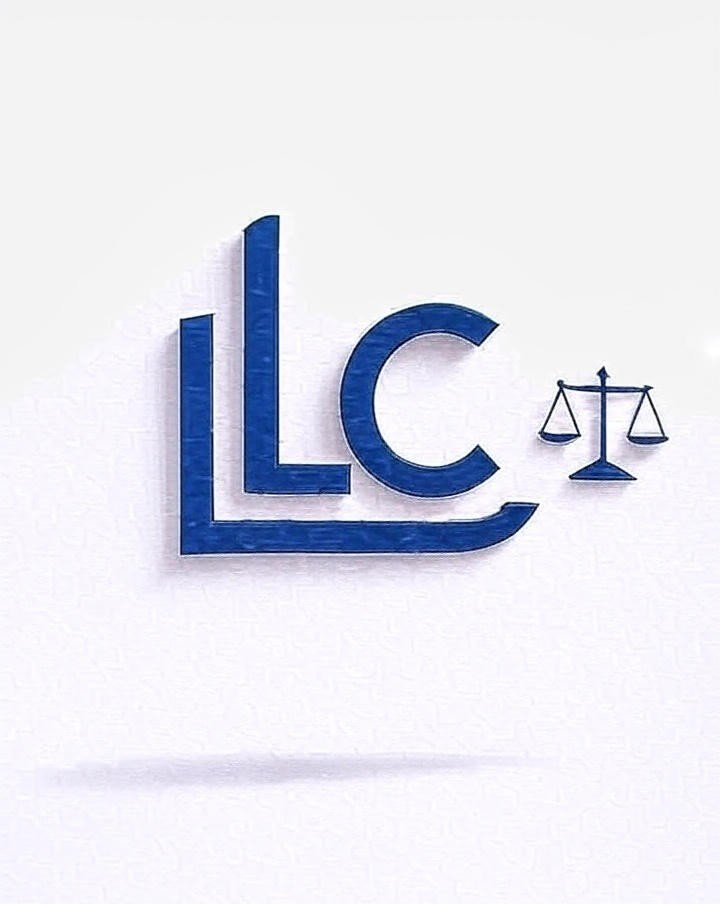Petition by Husband for Dissolution of Marriage with Damages against Co-respondent by Reason of Adultery
In the High Court of………………….
To the Hon’ble Mr. Justice…………………
(or to the Judge of……………..)
AB………………………………….Petitioner
versus
CB…………………………………….Respondent
XY………………………………………..Co-respondent
The humble petition of AB of (full name and address) Sheweth:
- That the parties to the petition were and are domiciled in India and Christian by faith and religion.
- That on the………..day of……………..your petitioner was lawfully married to CB, then CD, a spinster aged about…………….years at………………. and the said marriage is still subsisting.
- That ever since his said marriage, your petitioner lived and cohabited with his said wife from time to time at various places, viz….and lastly at…………in or about………and that your petitioner and his said wife have had several issues of their said marriage, viz.,……….children named…….who are aged…….respectively and…………years, the respective dates of their birth being……….day of………… and …………..day of………….
- That during the…………years immediately preceding the day of ……….XY was constantly, with few exceptions, residing in the house of your petitioner at……………….aforesaid and that on diverse occasions during the said period, the dates of which are unknown to your petitioner, the said CB in your petitioner’s said house committed adultery with the said XY. State briefly the circumstances from which the petitioner came to the conclusion as to adultery.
(If the marriage was solemnised out of India, the adultery must be shown to have been committed in India.
- That there was never nor is at present any collusion or connivance between the petitioner and his said wife for the purpose of obtaining dissolution of their said marriage or for any other purpose.)
- That your petitioner has not condoned any of the acts of adultery on the part of the respondent.
- Your petitioner, therefore, prays that this (Hon’ble) Court might be pleased to pass a decree for dissolution of the said marriage and that the said XY do pay the sum of Rupees……………….as damages by reason of his having committed adultery with your petitioner’s said wife, such damages to be paid to your petitioner, or otherwise paid or applied as to this (Hon’ble) Court seems fit.
Signed AB
Verification
I, AB, son of………..aged………………by occupation service residing At………..do hereby solemnly affirm and say as follows.
I am the petitioner above-named and I know the facts and circumstances of the case.
The statements in paragraphs 1, 2, 3, 4, 5 and 6 of the petition are true to my knowledge and belief and that I have not suppressed any material fact. I sign this verification this………….day of………..at the Court House at……………
Before me Signature
Notary Advocate
Petition for Dissolution of Marriage with Damages for Adultery : A Legal Overview
In cases where a spouse has committed adultery, the aggrieved party may seek legal redress through a petition for dissolution of marriage under Section 13 of the Hindu Marriage Act, 1955, or under the relevant provisions of the personal laws for other communities.
Adultery, being one of the grounds for divorce, can also lead to claims for damages against the co-respondent (the person with whom the adultery was committed).
Below is a sample petition for dissolution of marriage with damages, filed by the husband against his wife and the co-respondent for adultery.
Legal Point of the Petition for Dissolution of Marriage with Damages for Adultery
1. Introduction to the Petition
The petition begins by introducing the case and establishing the identity of the parties involved.
The petitioner, AB, who is the husband, files the petition in the High Court or the appropriate court, seeking dissolution of the marriage on the grounds of adultery committed by his wife, CB, with the co-respondent XY.
The petition also mentions that the parties are domiciled in India and are Christian by religion. The court where the petition is being filed will have jurisdiction over the matter based on the location of the parties.
2. Details of the Marriage
The petition sets forth the date and location of the marriage, specifying that the petitioner (husband) and the respondent (wife) were married lawfully according to Christian rites.
The petition further explains that the marriage is still subsisting, and the parties have had children from their union.
3. Facts of Cohabitation and Family Life
The petition then describes the marital life of the parties, indicating that they lived together at various addresses over time, with the most recent residence mentioned.
It also mentions the birth details of the children of the marriage, which strengthens the marital connection and provides context for the personal nature of the petition.
4. Grounds for Adultery
The core of the petition is the claim of adultery. The petitioner states that XY, the co-respondent, had been living in the petitioner’s house and had committed adultery with the wife, CB, on several occasions over a period of time.
While the exact dates are not provided, the petitioner emphasizes that the act of adultery took place in the family home, a significant factor in proving the accusation.
The petitioner may also briefly describe how the petitioner came to the conclusion that adultery had occurred, either through direct evidence or circumstantial evidence.
Adultery must be shown to have occurred within the jurisdiction of the court, and in cases where the marriage was solemnized outside India, it must be demonstrated that the act occurred within India.
5. No Collusion or Connivance
The petitioner affirms that there has been no collusion or connivance between him and his wife to obtain a divorce or dissolution of marriage.
This is a critical point, as the law requires that the petition for divorce or dissolution must not be based on a mutual agreement or deception to gain a legal advantage.
6. No Condonation of Adultery
The petitioner further clarifies that he has not condoned the acts of adultery on the part of his wife. This means that the petitioner has not forgiven or accepted the behavior, which is essential for maintaining the grounds of adultery in the petition.
If the petitioner had continued to live with the wife after discovering the adultery, it could potentially weaken the claim of adultery.
7. Relief Sought: Dissolution and Damages
The petition concludes with a prayer for relief, where the petitioner seeks the dissolution of the marriage based on the grounds of adultery.
In addition to the dissolution, the petitioner also seeks damages from the co-respondent, XY, for having committed adultery with his wife.
The amount of damages is specified, but the court will ultimately decide the amount based on the circumstances of the case.
The petitioner asks the court to award damages, either directly to him or in another manner that the court deems fit.
This claim for damages serves as both a compensation for the emotional and psychological harm caused by the adultery and a deterrent against such conduct.
Legal Framework and Procedure
Under Section 13 of the Hindu Marriage Act, 1955, adultery is one of the grounds on which a spouse can file for divorce. However, the petition can also seek damages from the co-respondent, who may have engaged in the wrongful act of adultery.
Additionally, the petitioner must establish that there was no collusion between the parties and that the adultery was not condoned.
In cases where a co-respondent is involved, the petitioner can also seek damages for the harm caused by the third party’s involvement in the marital relationship.
The legal procedure involves the filing of the petition in the appropriate court, presenting evidence of the adultery, and seeking relief through the dissolution of marriage and payment of damages.
The court will then evaluate the evidence and pass a decree based on the facts presented.
Conclusion
A petition for dissolution of marriage with damages for adultery is a significant legal recourse for individuals whose marital relationship has been broken by the actions of a spouse and a third party.
The petition not only seeks the termination of the marital bond but also seeks justice for the emotional and financial damages caused by the wrongful act of adultery.
If you are facing a similar situation or need legal assistance in matters related to divorce, adultery, and claims for damages, it is advisable to consult with an experienced family law attorney.
Legal Light Consulting is here to assist you with your legal needs and provide expert guidance through every step of the legal process.
Contact Legal Light Consulting today for your legal needs







